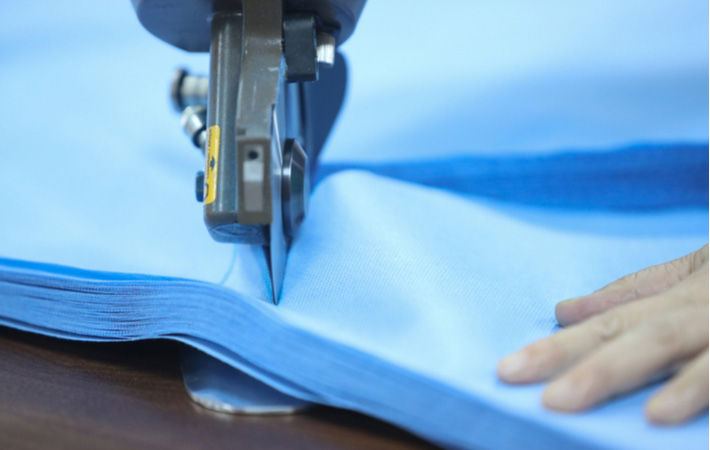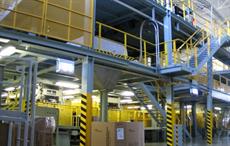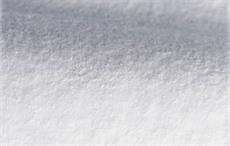
EDANA released its statistics on Nonwovens Production and Deliveries for 2021. Following the impressive growth recorded in 2020, the updated figures for Greater Europe (incl. Western and Eastern Europe countries, Turkey, Belarus, Russia and Ukraine) highlight again the ability of the European industry to innovate and to invest in order to respond to the challenges of the pandemic crisis.
“This 2 per cent average growth is in line with European forecasts disclosed in October 2021 in our Global Nonwoven Markets 2020-2025 report. In 2021, significant growth areas for nonwovens were recorded in building construction (+17.4 per cent), agriculture (+11.3 per cent), electronic materials (+10.1 per cent) and air filtration (+9.1 per cent). Countering this, a further decline of -1 per cent was recorded in automotive interior applications. In some market segments, a comparison with the pre-COVID situation is probably more relevant. This is particularly true in hygiene, medical and wipes nonwovens, which were almost flat or slightly decreasing compared to the level reached in 2020, but still much higher than in 2019,” Jacques Prigneaux, EDANA’s market analysis and economic affairs director, said.
“Looking at the different production processes of nonwovens, various trends were observed in 2021. The production of fiber-based materials, including Drylaid, Wetlaid, and Airlaid technologies, recorded divergent growth rates (respectively +2.4 per cent, +1.1 per cent and -4.8 per cent), and spunmelt nonwovens recorded a growth rate of +3.1 per cent. In Drylaid, the highest growth in tonnes was observed in needlepunched, with a 6.4 per cent increase. The production of drylaid-hydroentangled, which peaked in 2020, was at the same level a year later,” added Prigneaux.
“We thank participating companies for their valued input to our annual survey, and for delivering their information on time. This compilation of actual data, combined with a continuous monitoring of the industry, ensures EDANA statistics are a valuable business tool for all our member companies,” said Prigneaux.
“As we are celebrating 50 years of EDANA support to the sustainable growth of the nonwovens industry, facts and figures in this year’s report illustrate more than ever the benefits for society of nonwoven-based products, from personal and infection prevention products to life-saving filtration media, to electronic applications supporting the transition to e-mobility. This adds a new dimension to the modest and yet essential role of these annual EDANA statistics – the most comprehensive available in the world – which has been now for 50 years, to document this performance and provide this unique source of business intelligence to our member companies, thanks to direct input from producers and exhaustive market insight,” Pierre Wiertz, general manager of EDANA, said.
Fibre2Fashion News Desk (RR)

